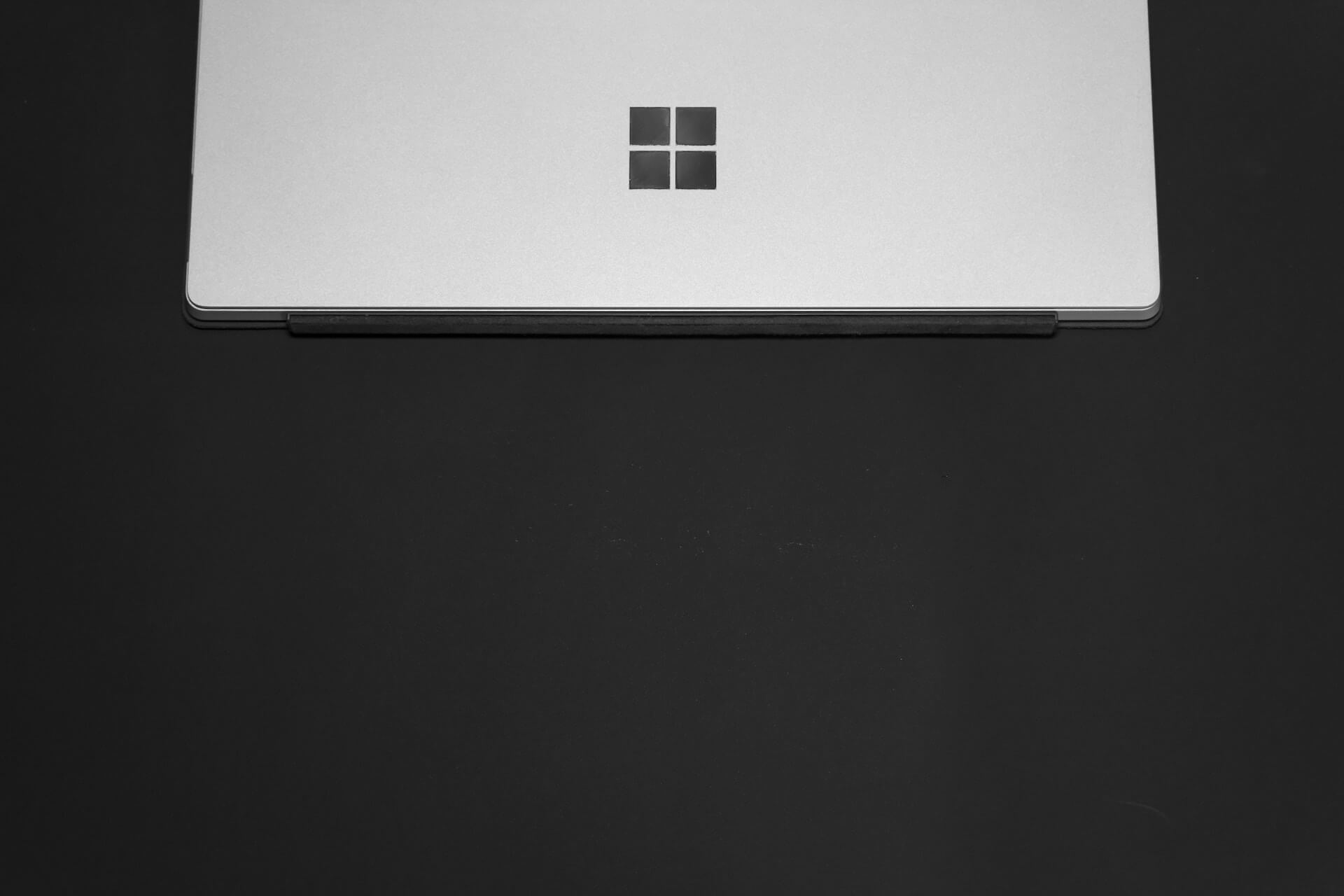Microsoft’s Revised Bid Aims to Overcome Obstacles in Activision Blizzard Acquisition

In a strategic move that has captured the attention of both gamers and industry experts, Microsoft has taken a fresh approach to acquire Activision Blizzard, the prominent force behind the iconic Call of Duty franchise. This article delves into Microsoft’s renewed efforts to secure the deal, the details of the proposal, and the potential ramifications for the gaming landscape.
Microsoft’s latest endeavor revolves around an innovative bid designed to alleviate concerns raised by the UK Competition and Markets Authority (CMA). This regulatory body previously thwarted Microsoft’s ambitions, citing apprehensions regarding the potential erosion of competition within the video game market.
Crafting a Compelling Offer
Central to Microsoft’s revised offer is the inclusion of commitments aimed at addressing these concerns. Notably, the proposal entails divesting certain assets of Activision Blizzard, including its prized King mobile gaming division. Recognized for titles like Candy Crush Saga and Farm Heroes Saga, King holds a significant stake in the mobile gaming domain.
A Pivotal Decision Awaits
The anticipation builds as the CMA’s decision date for evaluating Microsoft’s modified bid looms, set for October 18. Should the regulatory body grant its approval, this monumental acquisition would undoubtedly go down in history as the largest ever within the video game industry.
Key Aspects of the Deal
Diving into the specifics, Microsoft has tabled an offer of $95 per share, translating to a staggering total value of $68.7 billion for the acquisition of Activision Blizzard. This transaction would usher Microsoft into a commanding position, bestowing control over gaming juggernauts such as Call of Duty, World of Warcraft, and Candy Crush Saga.
Heightening the Competitive Landscape
Microsoft’s motivation behind this bold move extends beyond acquisition. The company aims to fortify its standing in the gaming arena, posing a more substantial challenge to tech giants like Amazon and Google, who have also thrown their hats into the gaming sector.
Balancing Prospects with Consumer Welfare
However, the CMA remains vigilant about potential repercussions. They raise concerns that the deal could potentially yield higher prices for video games, leaving consumers with fewer choices. These worries underscore the delicate equilibrium between fostering innovation and safeguarding consumer interests.
Microsoft’s Pledge and Industry Transformation
Microsoft has assured its commitment to address the CMA’s reservations head-on, expressing confidence in the approval of the deal. While the outcome remains uncertain, the revised bid has injected fresh optimism, pointing toward the likelihood of regulatory acceptance. If successful, this acquisition would not only be a triumph for Microsoft but a seismic shift in the landscape of video game dominance.
Potential Scenarios Unveiled
The ramifications of this acquisition span a spectrum of possibilities. From the consumer’s vantage point, concerns arise over potential price hikes for video games. Additionally, the deal might potentially limit consumer options, as Microsoft might be inclined to curtail game licensing to rival platforms. In a more macroscopic view, the transaction’s success could inadvertently stifle the competitive zeal that drives innovation within the gaming industry.
Conclusion: A Watershed Moment for Gaming
As the curtain rises on this high-stakes drama, the video game industry holds its collective breath, waiting to see how the CMA’s review will unfold. With Microsoft’s recalibrated bid, the tides are shifting, signaling a potential transformation in the dynamics of gaming powerhouses. Regardless of the outcome, one certainty remains: the gaming landscape is on the cusp of change, poised to redefine the future of interactive entertainment.




